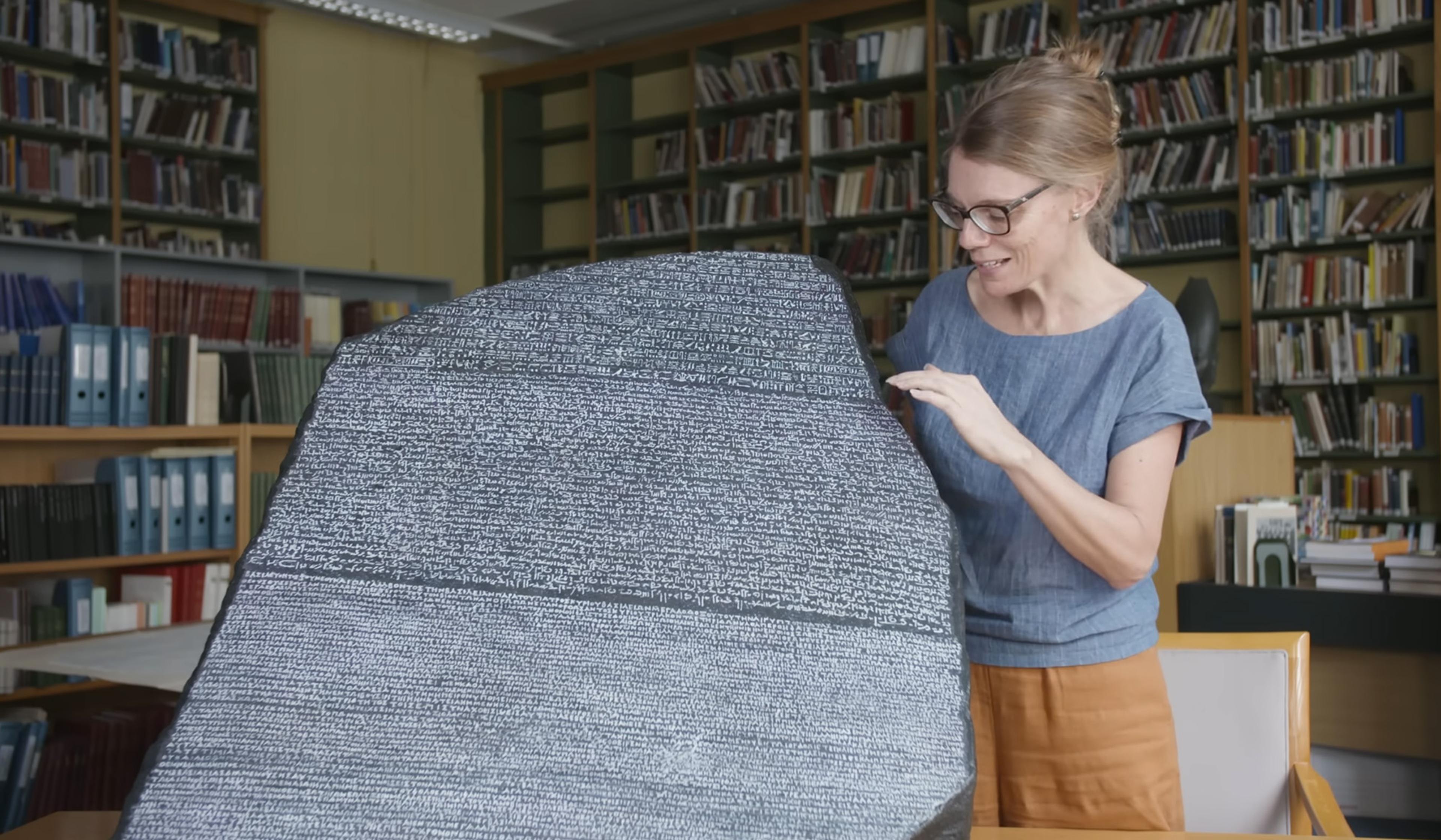Ancient stone inscriptions offer some of the most powerful primary sources available to historians. However, as these stones are often many thousands of years old, and thus eroded, chipped or otherwise compromised, they can also be immensely difficult to translate, as well as to place in time and space. With this important challenge in mind, Thea Sommerschield, a historian, and Yannis Assael, an artificial intelligence research scientist, teamed up to create Ithaca – a deep neural network that helps to date, place and translate ancient text. Working from a database of 80,000 ancient Greek inscriptions, the neural network combines its sophisticated understanding of patterns to predict missing words and offer guesses as to when and where a text was written. Worth noting too that, while the program fills in the blanks much better than historians working independently of the technology, it was at its most accurate when collaborating with a human expert.
How machine learning can help historians decode ancient inscriptions
Video by Nature
Producer: Shamini Bundell

videoArchaeology
What’s an ancient Greek brick doing in a Sumerian city? An archeological investigation
16 minutes

videoArchaeology
Frozen for millennia, an ancient Greek soldier is freed to charge into battle once again
8 minutes

videoThe ancient world
How writing began, and other unexpectedly funny stories about cuneiform
39 minutes

videoThe ancient world
What did the Rosetta Stone’s inscription actually communicate?
17 minutes

videoMusic
Music was ubiquitous in ancient Greece. Now we can hear how it actually sounded
16 minutes

videoArchaeology
Ancient Greek sculptures were colourful. Why does the white marble ideal persist?
6 minutes

videoComputing and artificial intelligence
Why artificial neural networks have a long way to go before they can ‘see’ like us
19 minutes

videoThe ancient world
Walk like a Roman in this digital reconstruction of the ancient city
9 minutes

videoArchaeology
How researchers finally solved the puzzle of the oldest known map of the world
18 minutes